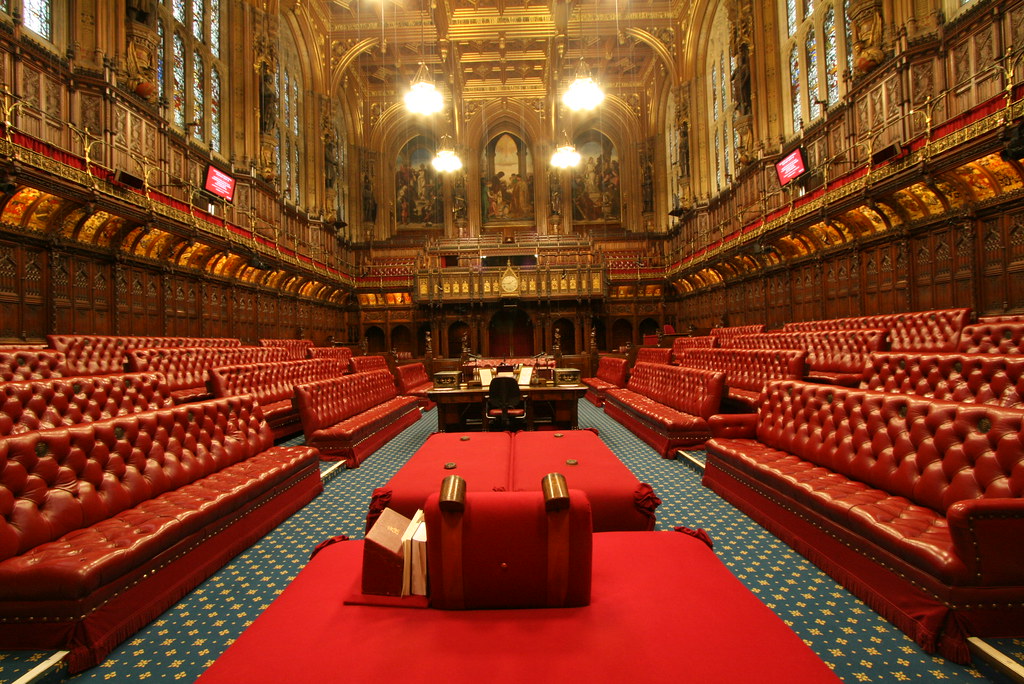House of Lords Peerage: A Pathway to National Influence and Civic Impact
Joining the House of Lords is one of the highest honours a British citizen can receive. As a peer, individuals have the opportunity to shape national policy, scrutinise legislation, and provide thought leadership at the heart of UK governance. This article outlines how to pursue a peerage and what to expect from the process.
What Is the House of Lords?
The House of Lords is the upper chamber of the UK Parliament. It plays a vital role in revising legislation, holding the government to account, and representing expert opinion on complex issues. Members are known as peers and can be appointed for life.
Types of Peerage
- Life Peers (non-political): Appointed by the House of Lords Appointments Commission for achievements and expertise.
- Political Peers: Nominated by political parties.
- Spiritual and Hereditary Peers: A small number remain in ceremonial roles.
Eligibility Criteria
- Strong record of public service or professional excellence
- Ability to contribute beyond one’s area of expertise
- Resident in the UK for tax purposes
- Demonstrated integrity and independence
The Application Process
- Expression of interest or nomination
- Submission of a CV and personal statement
- References from respected individuals
- Review by the House of Lords Appointments Commission
If shortlisted, candidates may be invited for an interview.
Benefits of Peerage
- National platform for influence
- Opportunity to affect meaningful change
- Recognition of lifelong contributions to society
How We Support You
We offer complete application support:
- Strategic advice and CV preparation
- Drafting personal statements
- Gathering and editing letters of recommendation
- Interview coaching
Conclusion
Peerage is about more than title—it’s a lifelong role in shaping the future of the UK. With the right guidance and preparation, your path to the House of Lords could begin today.

3 Comments
The Common category includes the following blocks: Paragraph, image, headings, list, gallery, quote, audio, cover, video. The paragraph block is the default block type. It should not have any alignment of any kind. It should just flow like you would normally expect. Nothing fancy. Just straight up text, free flowing
The Common category includes the following blocks: Paragraph, image, headings, list, gallery, quote, audio, cover, video. The paragraph block is the default block type. It should not have any alignment of any kind. It should just flow like you would normally expect. Nothing fancy.
The Common category includes the following blocks: Paragraph, image, headings, list, gallery, quote, audio, cover, video. The paragraph block is the default block type. It should not have any alignment of any kind. It should just flow like you would normally expect.